Mitsubishi Mirage to Be Discontinued by 2025

Despite fuel prices and an economy that seems poised to bolster the sale of value-focused cars, the United States is losing another one. Mitsubishi is reportedly discontinuing the Mirage by 2025.
With so much of the market swapping to electrified products and/or dumping small cars in favor of larger vehicles boasting juicer returns for the manufacturer, Mitsubishi’s decision to ditch its infamous econobox is a predictable one. The brand even admitted that it’s planning to halt U.S. sales of the Mirage four-door hatchback and sedan to make way more crossovers and EVs.
Sources from inside the brand even told Automotive News that its plan was to abandon the sedan market altogether by the middle of the decade. While it’s something Mitsubishi has been doing since the early 2000s, its role as a value-focused automaker with a strong presence in developing markets made it seem like it would retain a few microcars boasting rock-bottom MSRPs.
From Automotive News:
With a starting price of $17,340 including shipping, the subcompact [Mirage] has a singular selling point: efficient transportation at a bargain-basement price.
Cox Automotive said the Mirage was the only vehicle in the U.S. that transacted under $20,000 in July.
"The Mirage became the modern Yugo, a used-car alternative for people who desperately wanted a new car," said Sam Fiorani, vice president at AutoForecast Solutions.
The move comes as Mitsubishi readies to remake — and electrify — its lineup with new and redesigned crossovers, including an Asian market subcompact crossover that could target Mirage customers.
Mitsubishi said it will introduce nine new electrified models globally during the next five years and plow $10 billion into electrified vehicles and battery production through 2030.
Cox’s claim that the Mirage was the only vehicle to sell below $20,000 in July must mean dealerships are either marking up base model Kia Rios and Nissan Versas or simply not having any shipped to their lots. But it’s still evidence of the Mirage’s long-standing role as bargain transportation.
Listen, I’m not here to tell you that the Mirage is a great car. But it may have developed a reputation it didn’t entirely deserve and I kind of like that it exists.
While the Mirage of the 1990s was fairly reliable, affordable, and even made a great little tuner car if you happened to be a Mitsubishi or Diamond-Star Motors fan with a penchant for forced induction, the current generation basically exists so Mitsubishi could adhere to emissions rules that would allow the vehicle to be manufactured in Thailand. It’s one of the brand’s biggest markets and it’s also a source of relatively cheap labor — ensuring the Mirage can be a competitively priced global product.
Up until a few years ago, the model represented one of the best automotive bargains available in North America. Back when you could purchase a Chevrolet Spark or Mitsubishi Mirage for the same price as a half-decent motorcycle, there was a lot more to praise. But the days of a $13,000 economy car are over. Manufacturers have been increasing the price of micro compacts consistently since the early 2010s and ultimately eliminated them from lineups to prioritize vehicles boasting higher profit margins.
Mitsubishi’s impressive warranty, combined with the excellent fuel economy available from the Mirage’s naturally aspirated 1.2-liter (making just 78 horsepower and 74 pound-feet of torque), still makes the little hatchback incredibly affordable to own. But the starting MSRP has pitched up to $16,245 (before fees) in its most basic format and is poised to get higher as the brand introduces more advanced safety technology to compete.
It may be the cheapest car money can buy on our market but it’s aging poorly. Despite being a smidgen over 2,000 pounds, the Mirage is agonizingly slow and has all the character of an empty Styrofoam cup. Utilitarianism is the word here and there’s really no other reason to purchase the Mirage beyond trying to further maximize its value by keeping it forever.
The hatchback makes a decent errand vehicle, especially if you’re using it as secondary transportation or live in a densely packed city. But it’s genuinely awful to drive on the expressway or anywhere where you’ll be gaining altitude. Steep hills pose a real problem for the Mirage.
Your author once did a four-day tour of Northern California in one and found it ill-equipped to do anything other than putter around at laid-back speeds on flat ground. Though it never failed to get me to my next destination and even managed to swallow up a bit more gear (with the rear seats folded) than its tiny frame would have suggested. The Mirage theoretically can be a daily driver, provided you’re not someone that cares about driving.
But its value proposition starts to evaporate as you move up from the base trim. In fact, Mitsubishi has basically ensured its demise by incrementally raising the price. A base model Mirage is now priced alongside models like the Kia Rio and Nissan Versa — both of which offer more modern features and additional power without sacrificing fuel economy.
The above hasn’t helped sales. While the Mirage was never exceptionally popular, it typically saw over 20,000 annual units moved inside the United States with a couple thousand more in Canada. But volumes started to decline in 2019 and the hatchback is barely on pace to break 10,000 units this year — and there’s more going on here than the waning popularity of a singular car.
Staggering increases in new vehicle pricing are presumably leaving a subset of shoppers ravenous for economy cars that have been yanked from the market. However, we’ve not seen that reflected in the market.
The Nissan Versa has seen its volume crater in recent years. Annual U.S. sales went from 144,528 in 2015 to just 13,399 in 2022. Some of that is due to a combination of Nissan's failure to push a product boasting lower-than-average margins per vehicle and the fact that production was stymied for a few years over supply chain issues. But it still doesn’t bode well for a segment that barely exists anymore. At this rate, the Kia Rio will be all that’s left until Korea realizes it can sell a pint-sized hybrid crossover for several thousand dollars more.
Just how long the Mirage will stick around is anybody’s guess. But sources have said it’s not supposed to make it past 2025, likely giving you time to think over why you might want to buy one before deciding against it.
Mitsubishi Motors spokesperson Jeremy Barnes declined to comment on exactly when and if the Mirage will leave North America. "It's a vehicle that we still see as having a role in our portfolio at this time," he said. "It fulfills the role of an entry-level vehicle."
[Images: Mitsubishi]
Become a TTAC insider. Get the latest news, features, TTAC takes, and everything else that gets to the truth about cars first by subscribing to our newsletter.

A staunch consumer advocate tracking industry trends and regulation. Before joining TTAC, Matt spent a decade working for marketing and research firms based in NYC. Clients included several of the world’s largest automakers, global tire brands, and aftermarket part suppliers. Dissatisfied with the corporate world and resentful of having to wear suits everyday, he pivoted to writing about cars. Since then, that man has become an ardent supporter of the right-to-repair movement, been interviewed on the auto industry by national radio broadcasts, driven more rental cars than anyone ever should, participated in amateur rallying events, and received the requisite minimum training as sanctioned by the SCCA. Handy with a wrench, Matt grew up surrounded by Detroit auto workers and managed to get a pizza delivery job before he was legally eligible. He later found himself driving box trucks through Manhattan, guaranteeing future sympathy for actual truckers. He continues to conduct research pertaining to the automotive sector as an independent contractor and has since moved back to his native Michigan, closer to where the cars are born. A contrarian, Matt claims to prefer understeer — stating that front and all-wheel drive vehicles cater best to his driving style.
More by Matt Posky
Latest Car Reviews
Read moreLatest Product Reviews
Read moreRecent Comments
- Jalop1991 This is easy. The CX-5 is gawdawful uncomfortable.
- Aaron This is literally my junkyard for my 2001 Chevy Tracker, 1998 Volvo S70, and 2002 Toyota Camry. Glad you could visit!
- Lou_BC Let me see. Humans are fallible. They can be very greedy. Politicians sell to the highest bidder. What could go wrong?
- SPPPP Vibrant color 9 times out of 10 for me. There may be a few shapes that look just right in metallic gray, for example. There are a few nices ones out there. And I like VW "White Silver". But I'd usually prefer a deep red or a vibrant metallic green. Or a bright blue.
- 28-Cars-Later Say it ain't so, so reboot #6* isn't going to change anything?[list=1][*]V4-6-8 and High "Tech" 4100.[/*][*]Front wheel drive sooooo modern.[/*][*]NOrthSTARt.[/*][*]Catera wooooo.[/*][*]ATS all the things.[/*][*]We're *are* your daddy's Tesla. [/*][/list=1]




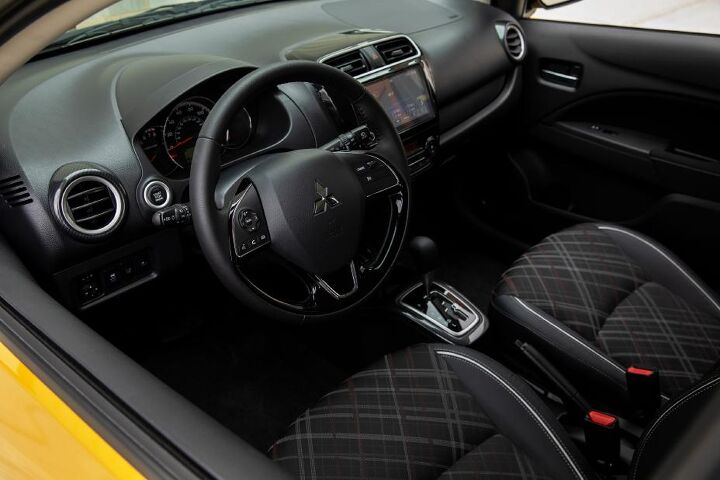
















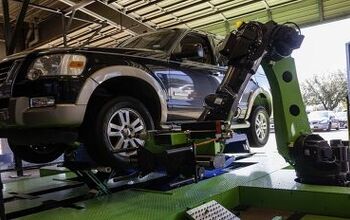
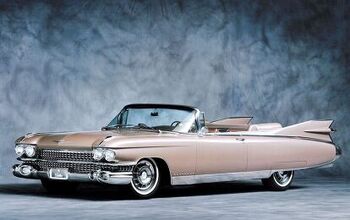
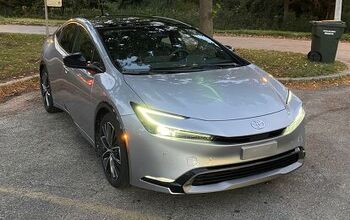

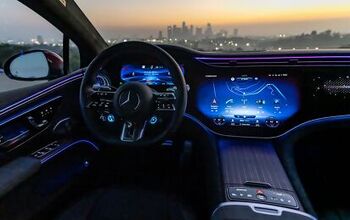
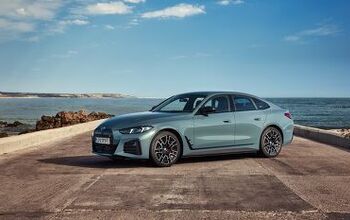
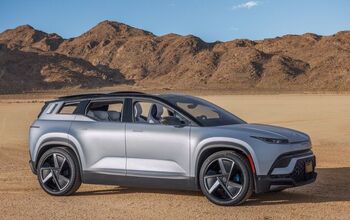
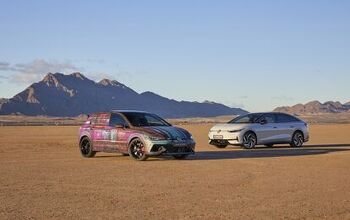

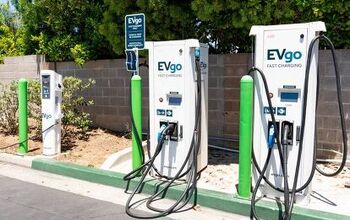
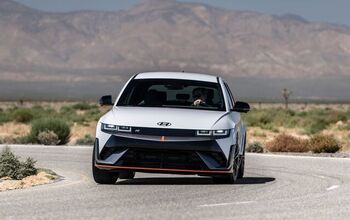
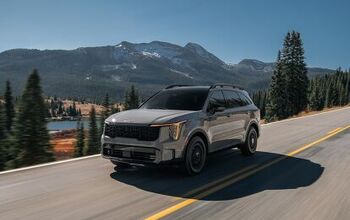
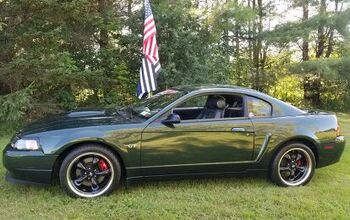
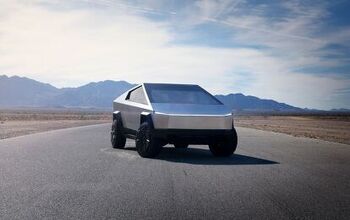

Comments
Join the conversation
climate change is a fact. The climate will change and human beings are contributing. However I’m not a member of the climate doomsday cult ripping through the propaganda channels. Climate change isn’t binary. It’s not all bad or all good and it’s not something we’re going to stop doing. Farming, urbanization, selective breeding, population growth are all modifying the environment and we’re modifying it for our benefit. We’ve been burning petroleum for thousands of years the Greeks made use of it. Continuing to use combustion for our benefit isn’t going to be the end of the world. As we can adapt. There is mounting evidence to suggest our uniquely stable climate of the last 10,000 years was in no small part due to the carbon emissions of farming and activities of early civilization.
The disappearing car and why?because when you get a brother (who is not here anymore) like I do and that guy who was trying to get a free car from the White House,it spells nothing but trouble.it’s the newest thing in ride,not a hot rod car,but a truck every one getting one,So I should get one too, Just like the guy heard Obama giving those out there a fuel efficient car since their gas guzzler truck was leaving them stranded using too much gas,But that one guy now didn’t want a car instead he wanted a truck,so people like that should understand what this free car was meant for,the White House wants to help you get to point A to point B It Isn’t Meant for you to keep up with your friends who have a new truck and you don’t, So you could say to those friends that you have a new truck? So do I, that I’m just as good as you,Or Better yet like my brother said to me, I like a truck So do you. You might like a truck,But I don’t.